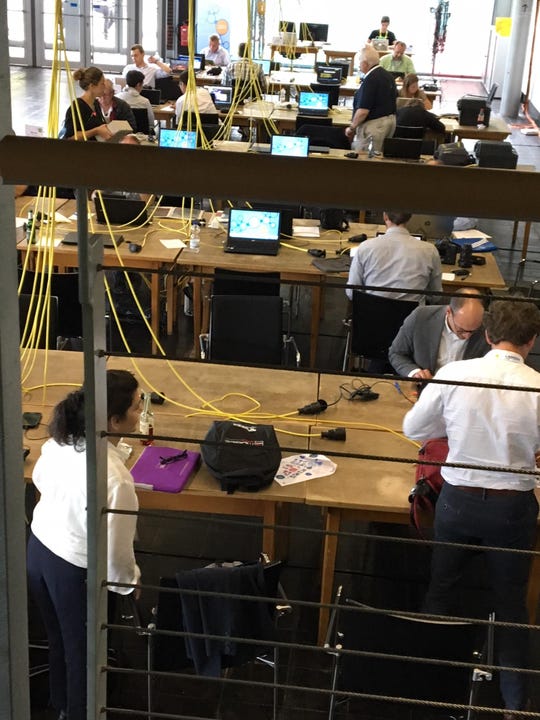Cloud computing, 2020 style: serverless on a learning curve

It's well documented that traditional IT architectures are not suited for the real-time rigors of today's fast-paced digital economy. But even cloud services -- initially brought in to swap out on-premises legacy technology for online equivalents -- may not be enough to cut it anymore. "Customers not only expect zero downtime, they demand consistency in how applications perform no matter where they are in the world," states Declan Morris, technology advisor and formerly CIO for Splunk, Morris predicts that "perhaps we will look back in the coming years and view the need to constantly spin up and down servers as a critical limitation of SaaS 1.0."

This next phase, Morris predicts, is serverless computing, which doesn't require any spinning up or down or provisioning of servers. Of course, serverless still relies on servers, but developers and IT professionals don't have to think as much about their limits and capabilities. Serverless is the "logical advancement of cloud-native," Morris says, noting that in many ways, it's the purest utility compute model attainable.
"Instead of having to manage the creation and destruction of servers or containers to execute a series of functions, you only need to invoke those specific functions when needed and [Function as a Service] takes care of the rest," he urges. A serverless approach is appealing "due to the limited amount of staff and talent available to build, manage, and maintain the new generation of digital systems." The appeal of serverless will also rise as IoT devices are added to the mix.
For a number of organizations, serverless computing is still very much a work in progress, with many still not seeing outright benefits, a recent survey shows. Four in 10 enterprises have adopted serverless technologies, but positive impacts take some time to realize, the survey of 1,500 executives from O'Reilly shows. For early efforts underway for less than one year, 52% rate their efforts as "mostly successful" or better. With maturity comes progress. At least 79% of those with more sophisticated serverless efforts -- those with three-plus years of experience -- report they have been "mostly successful" or better.
The benefits being seen include reduced operational costs and automatic scaling -- cited about 60%. In addition, the ability to avoid server maintenance and reduced development costs are also cited as leading benefits.
Benefits Seen in Serverless
- Reduced operational costs 60%
- Scales with demand automatically 58%
- No concern with server maintenance 55%
- Reduced development costs 32%
- Increased developer productivity to drive business value 30%
Source: O'Reilly
Staff education was the leading challenge, cited by 44%. "That makes sense: with serverless being relatively young, formal training is difficult to find, specific documentation must be generated, and case studies to learn from—while growing—are harder to come by," the survey's authors -- Roger Magoulas and Chris Guzikowski -- indicate. Another challenge cited by about 30% is vendor lock-in." Writing code for one vendor platform does not make it portable or simple to move elsewhere," the researchers state. "Because serverless is a nascent space, it seems the market is waiting to see how the issue of portability among vendors plays out."
Integration is also a top-ranked challenge with serverless, as indicated by 30% of respondents. "Testing is more complex and labor intensive for serverless architectures, with more scenarios to address and different types of dependencies -- latency, startup, mocking -- changing the integration landscape," Magoulas and Chris Guzikowski state.
It's interesting to note that unexpected costs arising from serverless usage is considered an obstacle to using these types of services -- at close to the same levels those seeing reduced costs as a benefit. This paradox points to the hopes many have with serverless, as well as initial business justification for adoption. The risk arises later on with potential runaway costs.
Challenges Seen in Serverless
- Educating current staff 48%
- Vendor lock-in 32%
- Integration testing/debugging is harder 29%
- Unpredictable/variable costs 25%
- Security 21%
Source: O'Reilly
Not surprisingly, the software and technology industries lead the way with serverless implementations, followed by finance and banking. The O'Reilly team also sees serverless and DevOps as a natural fusion. "It's no surprise to see DevOps teams as the top choice among respondents for managing serverless implementations," they note. "Deploying containerized services on serverless architectures and orchestrating those services with Kubernetes fits into existing DevOps practices."